The most important and famous ancient and religious festivals of Iran
Since ancient times, there have been various celebrations and festivals in the countries of the world, in turn, evoke a part of the culture of that region or country. The land of Iran, with its ancient history and civilization and its cultural and ethnic diversity, is rich in narratives and cultural and social values, which can be used to establish hundreds of festivals. However, there are dozens of significant cultural and religious festivals and events throughout Iran, some of which are also held in most Persian-speaking countries. In this article, we have collected 10 of Iran’s most famous carnivals and festivals, which will undoubtedly become a memorable experience by participating in or visiting them.
10 most significant Iranian festivals
1- Yalda night
It has been nearly thousands of years that the last night of autumn (December 20), i.e., Yalda night, the darkest and the longest night of the year, has been celebrated by Iranians, and various rituals and rituals are spent together on this memorable night.
Yalda Night, or Cheleh Night in Iran, is one of the oldest Iranian celebrations. This celebration commemorates the passage of the longest night of the year, followed by the lengthening of the days in the Northern Hemisphere, which coincides with the winter solstice. The word Yalda means birth, birthday, and birth. This celebration is celebrated in most parts of Iran by gathering together and spending the night with family members and relatives. This night has various ceremonies, each symbolic aspect and a sign of blessing, health, abundance, and happiness. These ceremonies include: eating fruits such as watermelons and pomegranates, eating nuts and sweets, cooking local dishes, reciting Hafez, reading fortunes, reading poetry, reading Shahnameh, and reading stories.
2- Chahar-shanbe Souri
Chahar-shanbe Souri is a spring festival celebrated in Iranian culture before Nowruz and the arrival of the new year. It has particular importance and place among Iranian tribes and other Persian-speaking and Kurdish-speaking countries. The ceremony of Chaharbansuri has its roots in the ancient rituals of Iranians and is still prevalent in different forms among the survivors of Aryan tribes. The Chahar-shanbe Souri is composed of two words, Wednesday (the last Wednesday of the year) and Suri (Persian surik meaning red), which means Red Wednesday, and is considered the introduction of the Nowruz celebration.
Fire is an essential element of the Chahar-shanbe Souri and the common feature of this Nowruz ritual in all regions of Iran. Fire is one of the four elements and the only part that does not get polluted, and in the eyes of Iranians, it is a symbol of light, purity, freshness, creativity, life, health, and the most prominent symbol of God on earth. On the night before the last Wednesday of the year (Tuesday night), Iranians go to welcome Nowruz by lighting fire, jumping over it, having fireworks, and holding other ceremonies to ward off evil and calamity and fulfill their wishes.
 3- Nowruz
3- Nowruz
Nowruz is one of the oldest festivals left over from ancient Iran, which is celebrated on the first day of the Iranian solar year at the beginning of spring, on or around the date of 21 March every year, with great enthusiasm in various regions with unique customs and traditions of each region. It is held for thirteen consecutive days. The celebration of Nowruz and entering the New Year jointly among the countries that organize it, such as Iran, Azerbaijan, India, Pakistan, Kyrgyzstan, and Turkey, has been registered on the list of Intangible Cultural Heritage of UNESCO in 2009.
Many programs accompany Nowruz celebrations and events in Iran and other countries. In every corner of Iran, various ceremonies are held to welcome Nowruz according to the popular culture and customs of the magnificent region: cleaning and cleaning house, planting Eid greens with wheat, mung beans, etc., buying and preparing clothes, and cooking Local foods and sweets.
Preparing and spreading the Haft Sin table, the giant symbol of Nowruz Eid, is one of the most important customs in different regions of Iran and one of the rituals among all the ethnic groups that celebrate Nowruz. In this table, seven things begin with the letter Sin: sumac, garlic, Senjed, Samano, coin, vinegar, and sabzeh, each of which has concepts and signs of love and affection, life, blessing, sustenance, and health. In this table, there are also the holy books of Muslims, the Quran, a mirror, a symbol of removing turbidity and a sign of purity and uniformity, a small red fish for omens in the water trough, with a mark of purity, brightness and openness, an apple, a symbol of integrity, a candle, With the sign of light and shine, hyacinth flowers and eggs decorated and painted for the beauty of the table, along with nuts and sweets and traditional foods, Hafez’s book of poetry, Shahnameh, etc.
4- Sizdah-Be-Dar (Day of Nature)
In Iranian culture, the 13th day of Farvardin (the first month of the solar year/the first month of spring) is called Sizdeh Bedar, the celebration of Nowruz or the day of nature. Thirteen days is one of the ancient rituals and essential customs common among Iranian peoples. This day is an official holiday in Iran. From the past until now, every year with the beginning of the new year and the spring season, after spending twelve days of the Nowruz holiday, on this day, going out of the house to the lap of nature, Iranians celebrate Sizdah be dar ceremony with different and extensive methods and customs. After this day, the Nowruz holiday is over, and people return to everyday life and resume their work and activities in the new year.
5- Sadeh
“Century Festival” or “Century Burning” is the biggest fire festival and one of the oldest rituals known In ancient Iran, which is held forty days after Yalda night by Zoroastrians as a sign of gratitude for God’s blessings. This celebration is a sign of the importance of light, fire, and energy in life, which begins near the sunset of the tenth day of Bahman, the day of Aban from Bahman, with bonfires on the top of the mountains and the roofs of houses. The celebration of the century is one of the grand celebrations of Iranians, which does not have a religious aspect, and all the related stories are non-religious. It has spread not only among Iranians but also to many other countries. This celebration has been held by both sultans, emirs, and ordinary people since the pre-Islamic era, the Islamic era, until the end of the Khwarazmshah era and the Mongol invasion. Different traditions and theories have been expressed regarding the naming of the century and the lighting of this fire.
The celebration of the century is scattered in many cities and villages of Iran and in other countries with the gathering and presence of a large number of people of Zoroastrian, Muslim, Kilim, and other religions by setting up a big fire outside the city and performing various programs. In addition to the people of the same region where the Sedeh is achieved, people from other areas also come from the suburbs and other cities to participate in the Sedeh burning, so the persistence of the Sedeh in Iranian culture today is due to the efforts of various Iranian ethnic groups. According to ancient Iranians, gathering Zoroastrians around a big fire is for the disappearance of cold and the arrival of heat and light. It keeps the hope of the victory of light over darkness fresh in the heart.
During the performance of this ceremony in some areas, people sing hymns related to the celebration of the century, play and group shows, cook local food, eat nuts, etc. After hours, when the flames subsided, people, especially the younger ones, jumped from the fire bushes, and the musicians played songs from the beginning to the end of the celebration.
6- The harvest festival (Celebration of Kharman)
Agriculture is one of the sacred occupations that people of different regions have been engaged in since the past. The Ritual celebration of Kharman is a traditional, ancient, and long-lasting ceremony in the north of Iran. From the Qajar period until now, the harvest festival has been held at the end of the cropping season after a period of planting, and harvest (usually wheat and rice) takes place in the paddy fields in order to relieve fatigue caused by the exhausting work of agriculture in the spring and summer seasons. As the autumn season approaches, this festival is held in Mazandaran, Gilan, and Golestan provinces with great enthusiasm. This old, religious and religious tradition is done in gratitude to God. Farmers and rice growers participate in this festival due to their appreciation for the harvest of fruitful rice, increase in blessing and halal sustenance, and spending it in the way of good and prosperity. This celebration has been recorded in the chronology of this region of Iran. This celebration is a symbol of people’s appreciation, friendship, and cooperation and a means to preserve and revive ancient traditions and native culture.
The marriage ceremony of brides and young couples has been held together with the harvest festival since the Qajar period, which is another beautiful ceremony of this festival. The groom puts the bride on the horse on foot and takes the horse’s reins. The attendants also accompany the bride to her random house with the particular customs of the region during the joyous stomping of the bride.
7- Rolling flower (Gol-ghaltan)
The traditional ceremony of Gol-Ghaltan, with an age of more than 400 years, is one of the beautiful and refreshing traditional customs left over from previous centuries, which is held today in different regions of Iran. This ritual is performed every year in the first spring of the newborn’s life, usually in May, by one of the women close to the newborn, such as the mother, aunt, aunt, or grandmother, accompanied by the region’s residents. This ceremony is part of the spiritual heritage registered in Amiriye city, Damghan city, and preparations for its global registration have also been made.
According to the beliefs of the local people, rolling the baby between the leaves of the Mohammadi flower makes the baby lively and fresh. In addition, the freshness of the leaves of this beautiful and fragrant flower protects the baby’s skin, keeps it safe from all kinds of diseases, and keeps the baby happy. Following Gol-Ghaltan ceremony is performed from birth to the baby’s first year. According to this tradition, for babies born in the spring, on the tenth day after their birth, after bathing and washing the baby on the tenth day, they perform the flower ceremony, and for babies born in other seasons of the year. This custom is held in the first spring after their birth.
Every year, this beautiful ceremony is sometimes performed as a traditional festival, attracting many tourists and visitors to this area. In addition to performing the traditional ritual of rolling babies among Muhammadan flowers, local music, local wood dance, local games, and markets of traditional and local products, the possibility of visiting the historical, natural, and recreational attractions of the city, simultaneous baking of Samano, bread and Local feast, see to carpet weaving workshops as well as carriage and camel riding are among the programs of this exciting and spectacular festival.
8- Mehrgan festival
Mehregan festival, like Nowruz, had three astronomical (natural), historical and religious aspects. From an astronomical point of view, Mehregan was celebrated a few days after the autumnal equinox. The autumnal equinox takes place on the first day of Mehr and is a celebration of the harvest of agricultural products. Historically, on this day, Kaveh Ahangar, one of the Iranian legends, defeated the tyrant Zahak, and Fereydoun became the king. Mehregan is a symbol of the victory of truth over falsehood, the struggle between truth and lies, corruption and oppression, and has religious roots in Iran. From a spiritual point of view, in Iranian culture, Mehr or Mitra means sunshine, love, and friendship. It is also the seal of the guardian of the covenant and a warning to those who break the covenant.
Music, poetry, and singing have a special place in this celebration. In the past, people gathered together with new and sometimes purple clothes and gift cards wrapped in an envelope.
After eating bread and drinks, they sang and danced to music and group dances, Mehrgani songs, and songs of Mehrisht, and at the end, they held hands with each other to renew their commitment to the past agreements. Today, Zoroastrians gather together in the fire temple and prayer hall and celebrate the Mehregan festival on Mehr day (October 8) by preparing and eating traditional foods and praying and performing cultural programs.
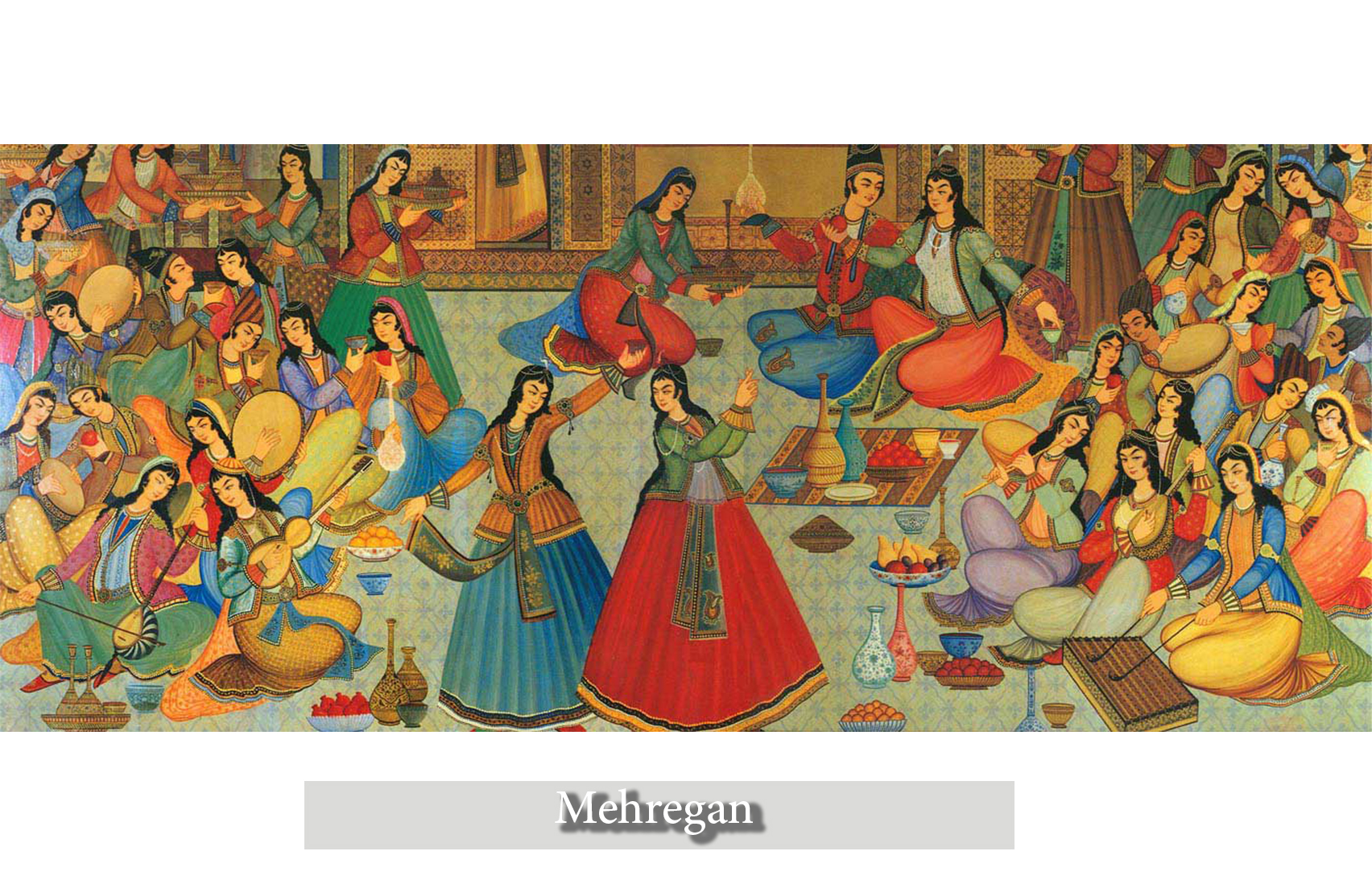
9- Rose picking and rose-water extraction
Rose-water is an extract of the rose flower (Muhammadi flower), which is often obtained using special local and traditional techniques. The country of Iran is about seven thousand years old in the cultivation of Mohammadi flowers and has always been the source of rose water production. Kashan and its surrounding areas have many rose gardens, and Iran’s purest and most fragrant roses are obtained from this desert and dry region. The region of Qomsar has been known as Gulab since long ago and is one of the most important centers for cultivating roses, with the most giant and most fragrant flowers in Iran. The pear that is obtained from this region is considered the best rose in the world and has a lot of respect and closeness from a religious point of view.
With the beginning of the rose picking season, flower pickers (people who pick flowers) start picking rose flowers in the flower fields from early morning, before sunrise. They believe that the flower has more fragrance before sunrise, and also, the flower extract condenses in the part of the base of the flower, which is connected to the branch, so they try to separate the flower from the stem.
The process of making rose water is done by filling large pots with rose petals and water, and then placing them on a pile of firewood, and extracting rose water using traditional devices and distillation methods. In the past, a special pot and Muhammadi flowers were taken to the riverside for the rose-water ceremony, and the rose-water ceremony was performed while reciting religious prayers.
10- Pir-Shalyar ceremony
In the past, “Uraman Takht” was a rural area with beautiful and extraordinary nature and unique architecture so that the roof of every house was the yard of another house. This area was a part of ancient Iran’s culture and civilization by holding various rituals and has been registered as one of the world-famous tourist hubs. The ancient ritual of Pir-Shaliar, which the people of Uraman Takht region also call “Pir Shaliar’s wedding,” is a thousands-year-old spiritual ceremony held twice a year on three consecutive days. Pir Shaliar Horami (Pir Shahyar Orami), a Sufi religious leader, is very important and respected among Naqshbandi dervishes.
The day is chosen, and the start of theceremony is announced by the trustee Pir-Shaliar. This ceremony began on Tuesday with the distribution of walnuts from the waqf trees of Pir-Shaliar garden among the people of Oraman village and surrounding villages by children and receiving fruits and sweets for the walnuts given under the name of the ceremony “Klav Rocheneh” and sometimes continues until after the call to prayer. It continues the following day. On Wednesday morning, the sacrifice of cows, sheep, and goats, people’s offerings to Pir-Shaliar, is performed. The meat of the gift is distributed among the people as a blessing, and some of it is cooked into a type of soup called “Voloshin,” a symbolic food that is blessed to be eaten and distributed among the people. Dervishes and men with the local clothing of the region form a circle in front of Pir Shaliar’s house at the same time as the dance (a kind of mystical dance) begins. Some people play the tambourine, some sing odes, and the big dance group whispers a particular word.
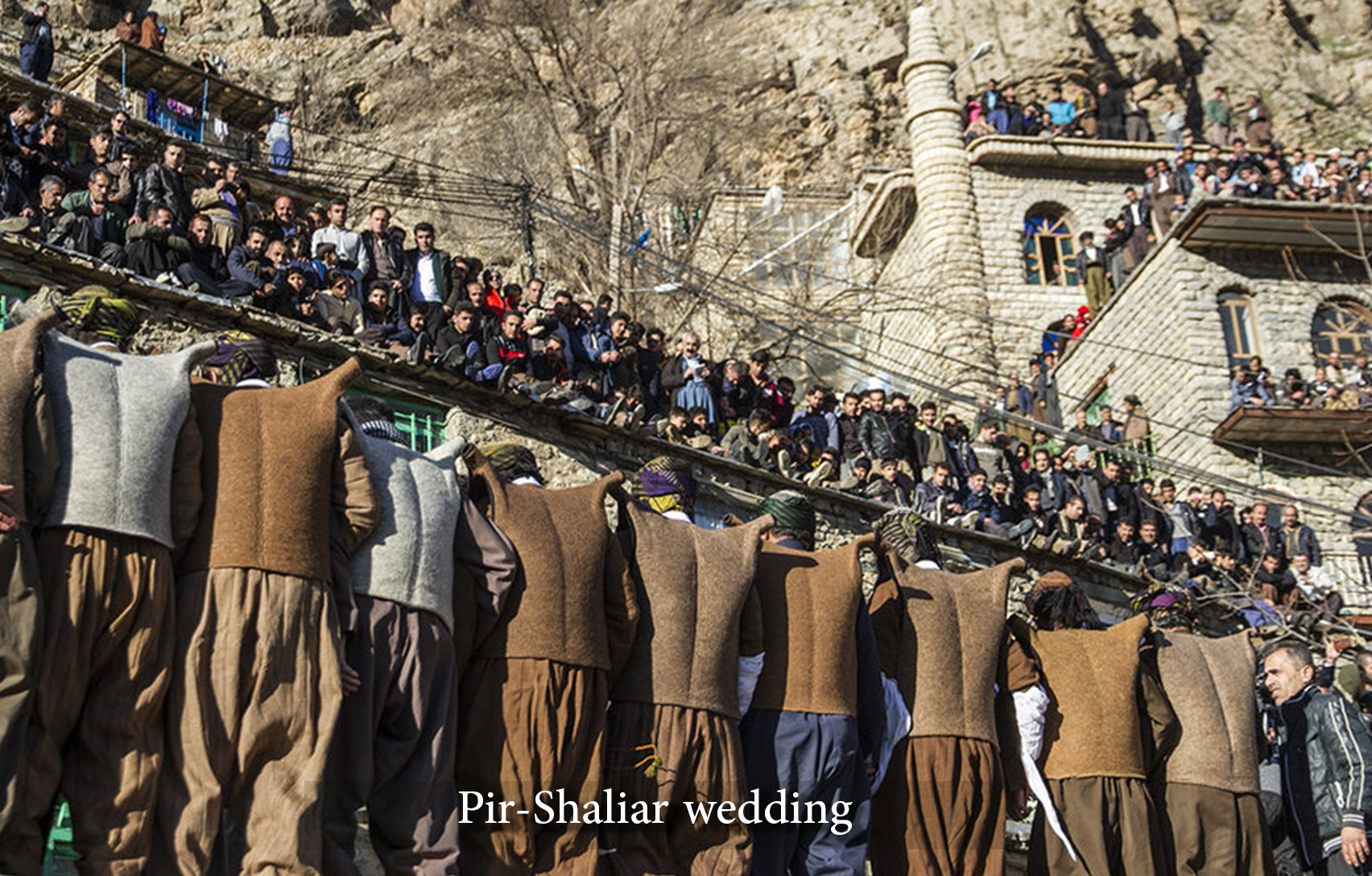
Final word
In addition to the ritual and ancient festivals we explained in this article, many cultural festivals are held in different parts of Iran, attracting the attention of many tourists every year. Fajr Film Festival and Marivan Street Theater Festival are two examples of these events that are world famous. With its deep knowledge of the history and civilization of Iran and the culture of different regions, the Sito travel team is ready to accompany you on a journey full of secrets and mysteries in this ancient land. We are proud to accompany you.


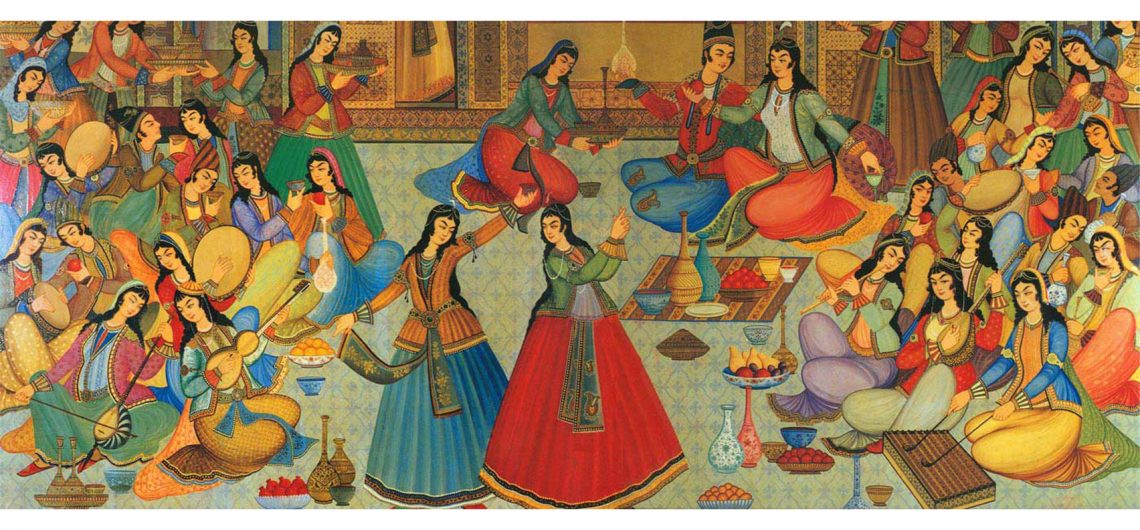
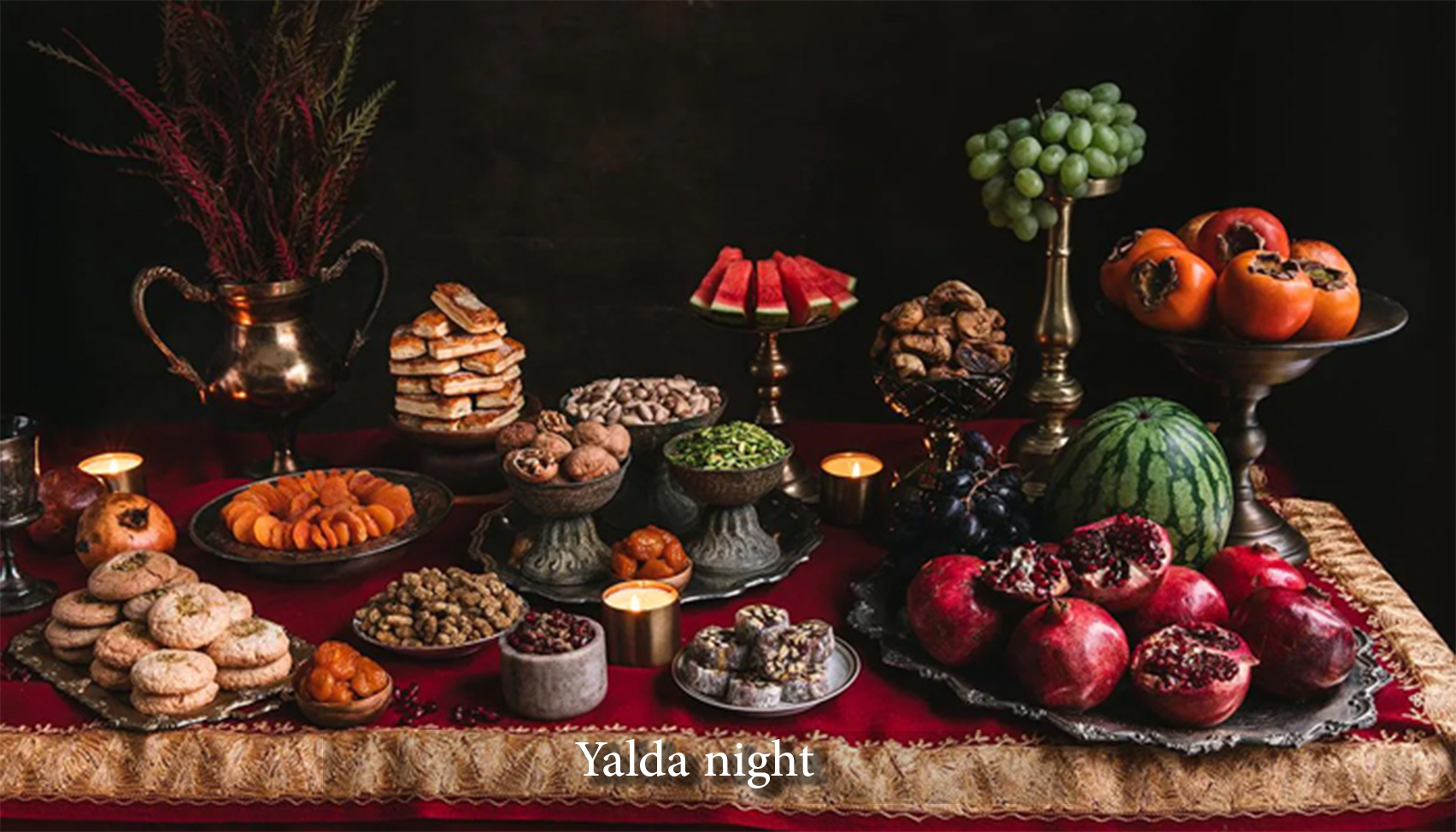
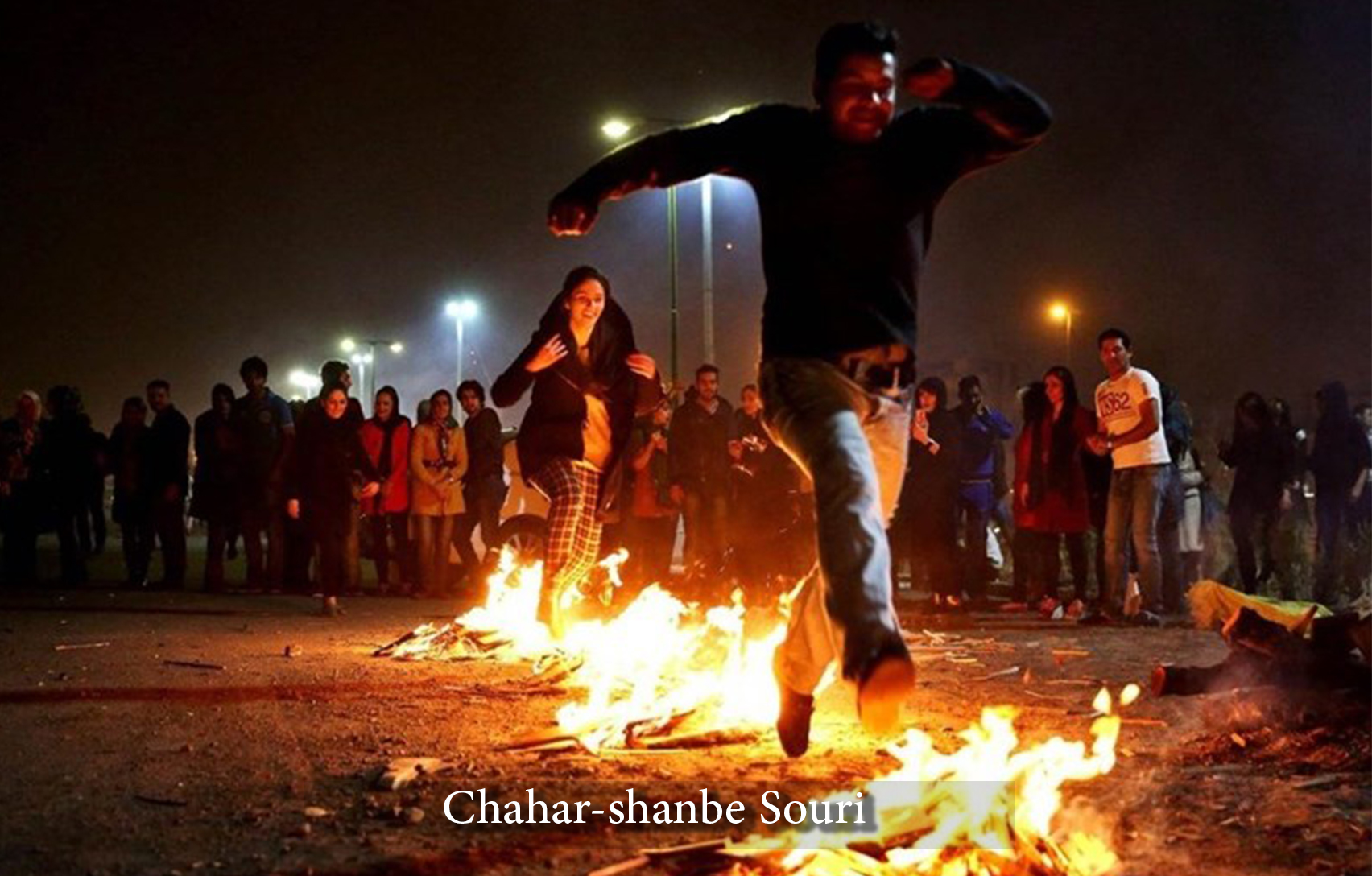 3- Nowruz
3- Nowruz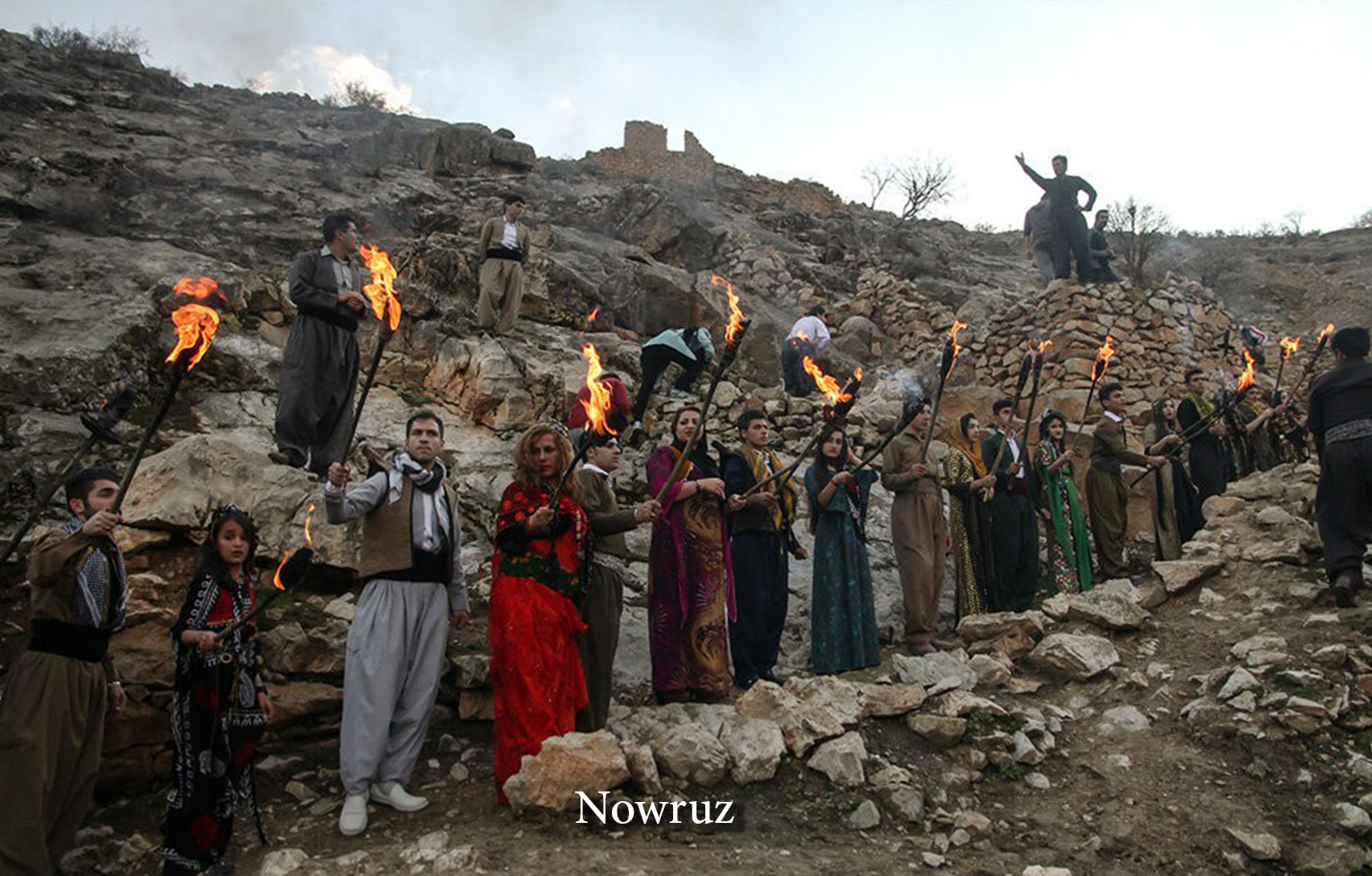
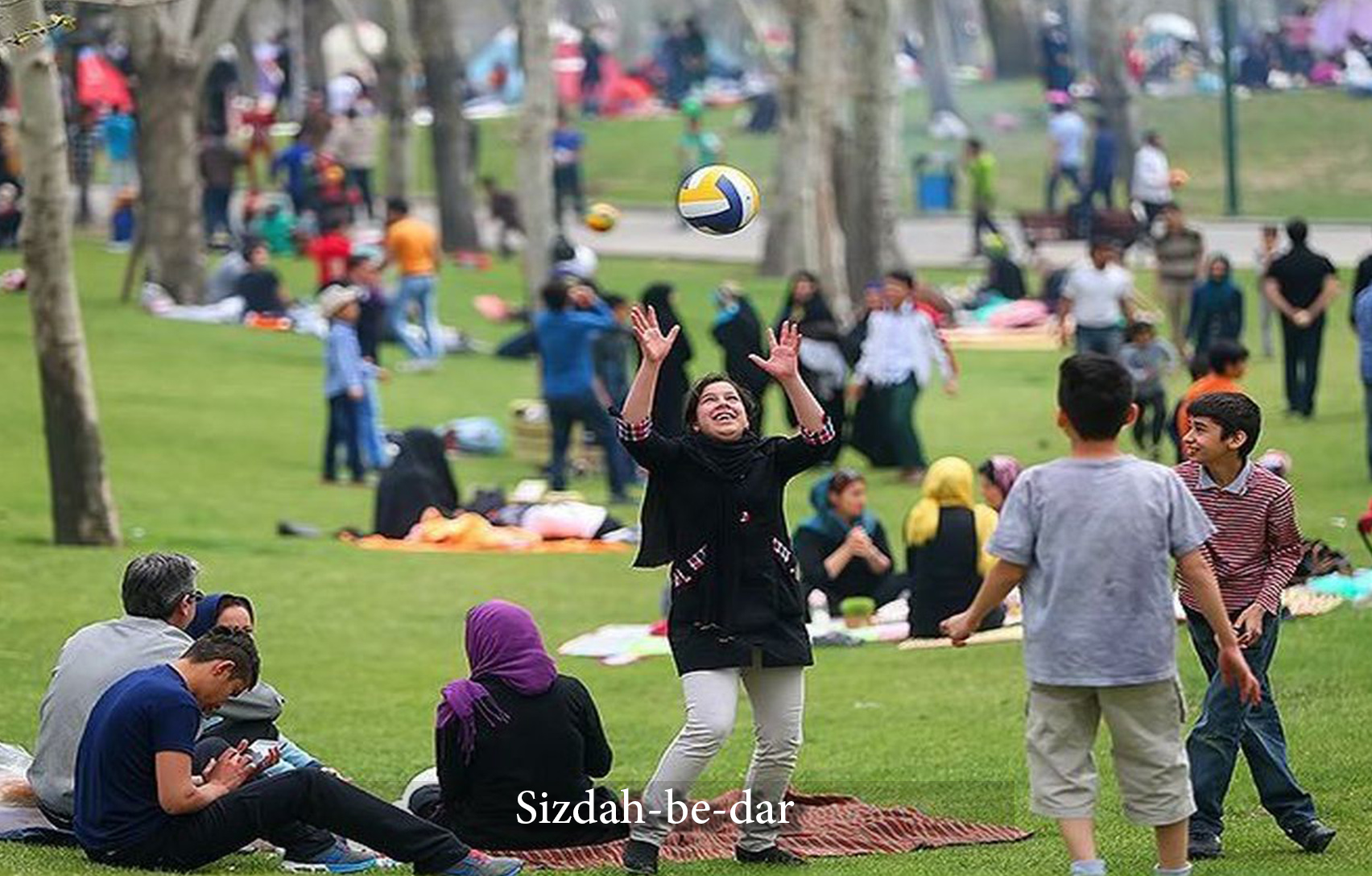
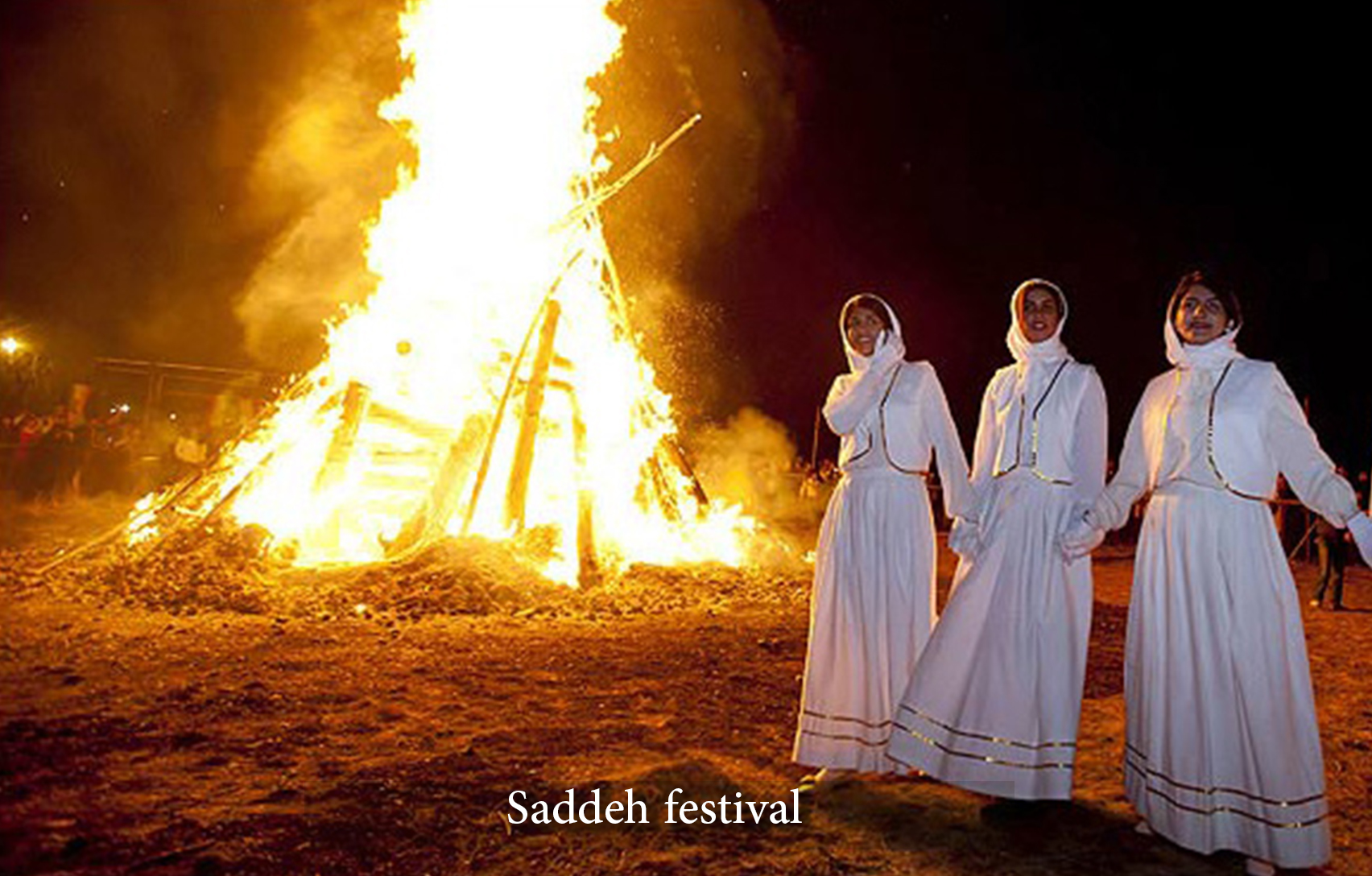
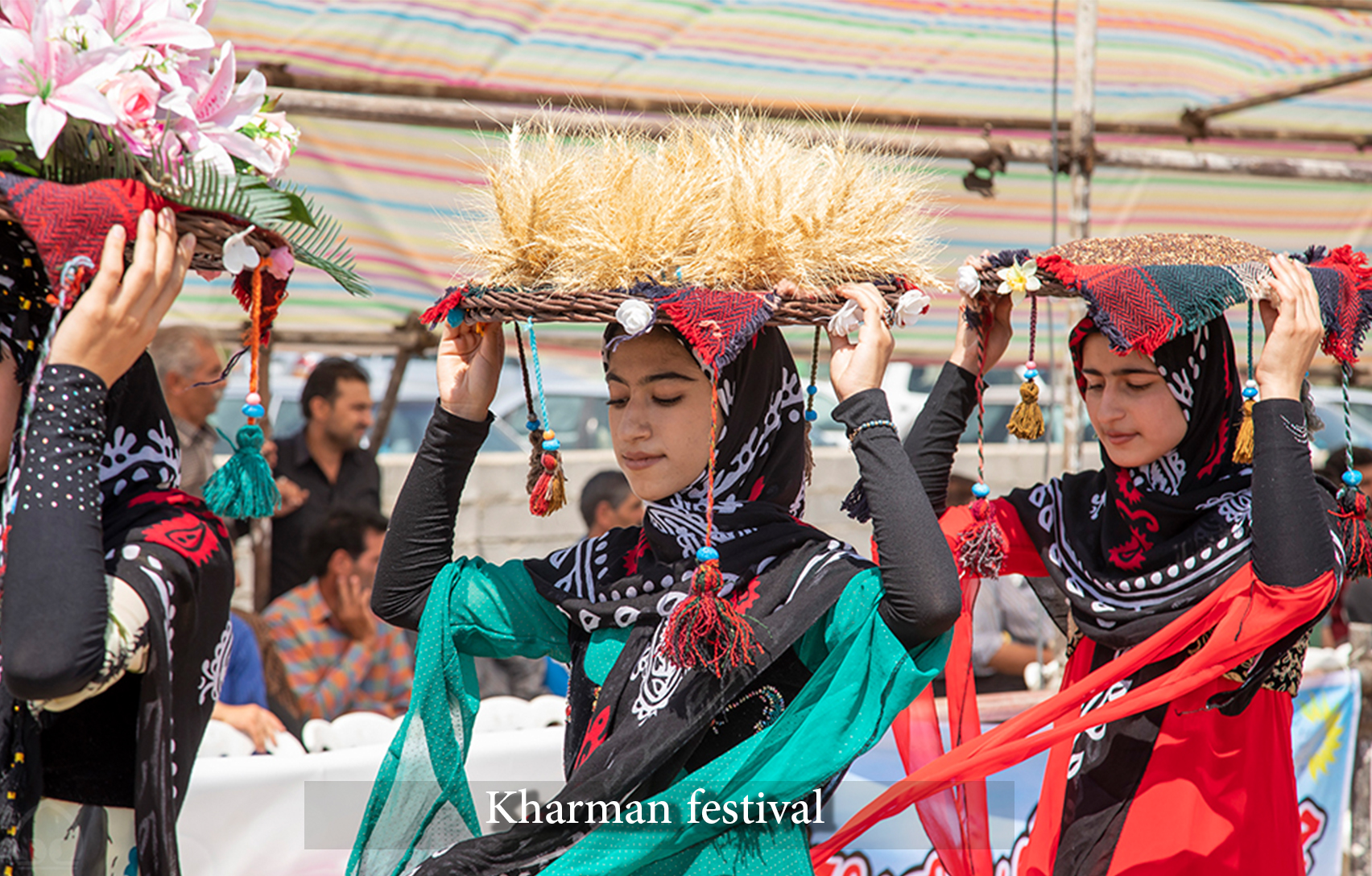
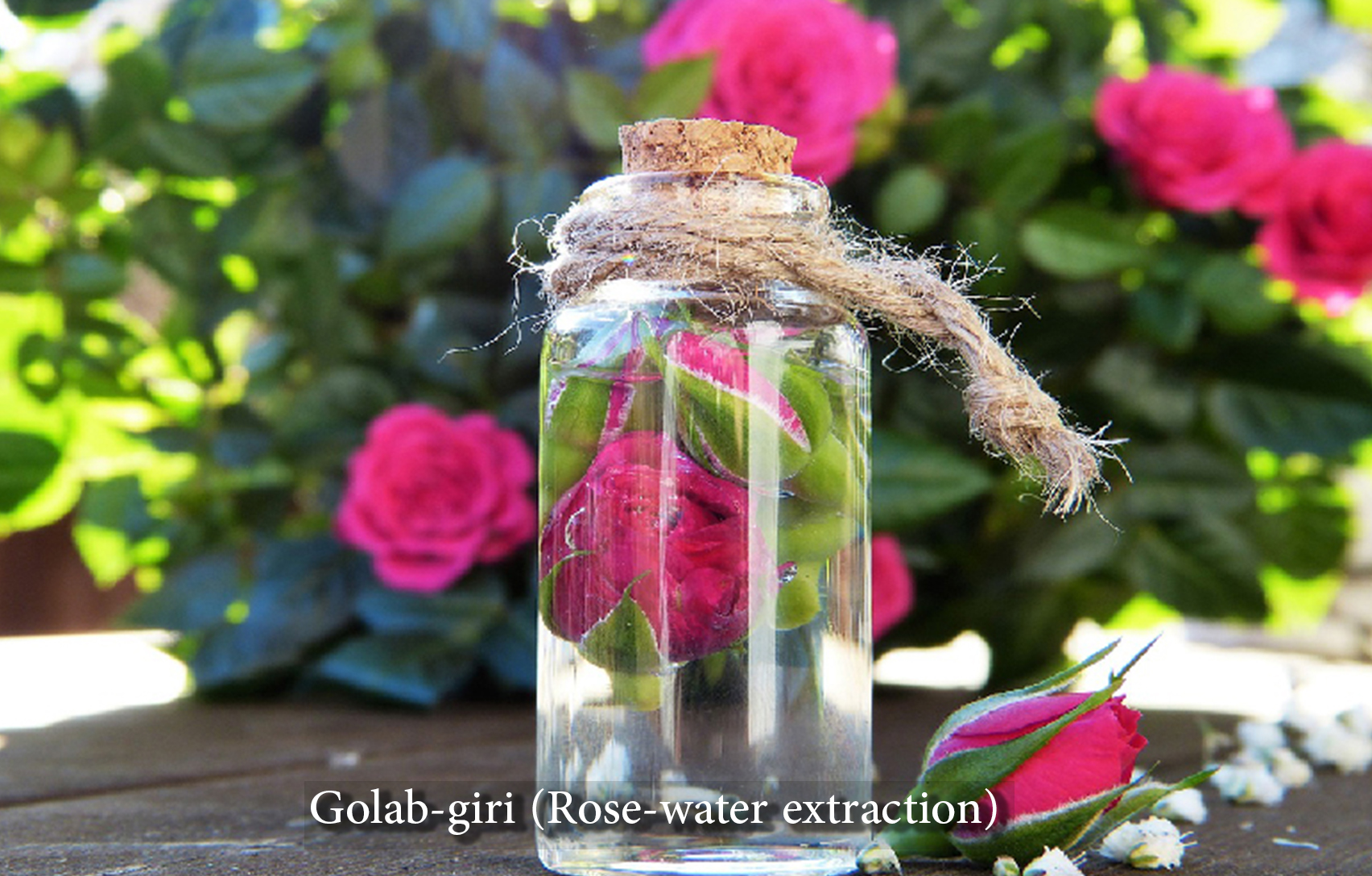
Comments